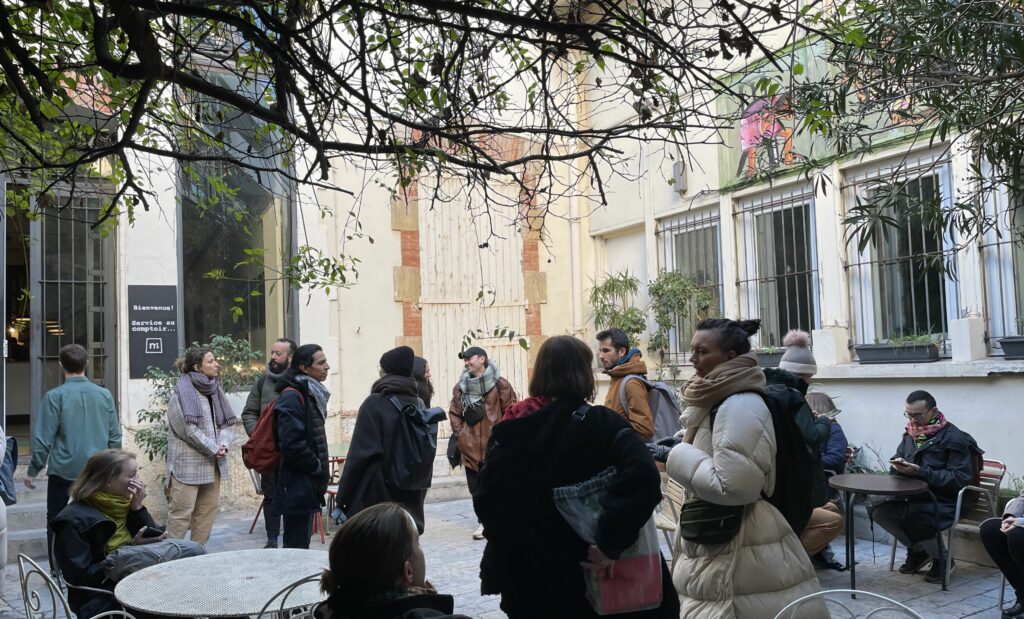

What is audience engagement?
Let’s start with the very basics: what is audience engagement? There are varying definitions, but they all refer to the affective, cognitive, and/or emotional responses a person or a group of people have to specific content. Basically, in terms of the performing arts, it’s how your audience responds to your work as well as the work you do to make that engagement better. It’s worth noting that audience engagement refers to the way people respond not only to a performance but also to things they see while scrolling through social media, reading interviews, or preparing for their visit to a show.
For example, audience engagement on social media refers to how interested your audience is in your content and how much they interact with your content (commenting, liking, sharing, the amount of time they spend reading or watching it, and so on). Audience engagement during a performance, on the other hand, might refer to the (positive and negative) ways in which your audience reacts to the performance, before, during, and after experiencing it.
What is the role of an audience?
It also pays to think about what your audience’s role is. Are they participants, viewers, critics, something else? Has that role changed now that we live in a more digital world? What do you want your audience to be, and what are they in reality? What could your audience be in the future?
Another question to ponder is how you might reach new audiences while maintaining your existing core audiences. Think about what your current audience enjoys. For instance, what kind of posts get the most likes and interaction on your social media? Is that indicative of other audiences? Look into other kinds of audiences, from other cultures and backgrounds; do they like the same kinds of things, or do they prefer something else?
The ways in which we use digital tools changed drastically during the pandemic, and it’s safe to say that those changes and the digital tools are here to stay. However, that’s not to say that the changes remain constant; rather, digital practices change and evolve constantly, and a big question for the future is in which directions the tools will go and how we are going to use them. The same is true for the tools we use in audience engagement, be it for social media, during VR performances, or something else entirely. Audience engagement today is, in some ways, easier than ever with many digital tools and means at our fingertips – we can reach wider and international audiences, we can easily learn about their online behaviour, and act accordingly.

Further reading
Audience Engagement: How to Know If People Like You
https://www.process.st/audience-engagement/
The Audience in Centre Stage
http://www.asset4arts.eu/knowledge-base.html
How to Build and Track Audience Engagement
https://www.businessnewsdaily.com/9740-audience-engagement-strategies.html
How to use digital to reach new audiences
https://www.culturehive.co.uk/digital-heritage-hub/resource/engagement/using-digital-to-reach-new-audiences/
Understanding and Measuring Audience Engagement
https://onthestage.com/blog/understanding-and-measuring-audience-engagement/
What is audience engagement?
https://belkins.io/blog/audience-engagement










